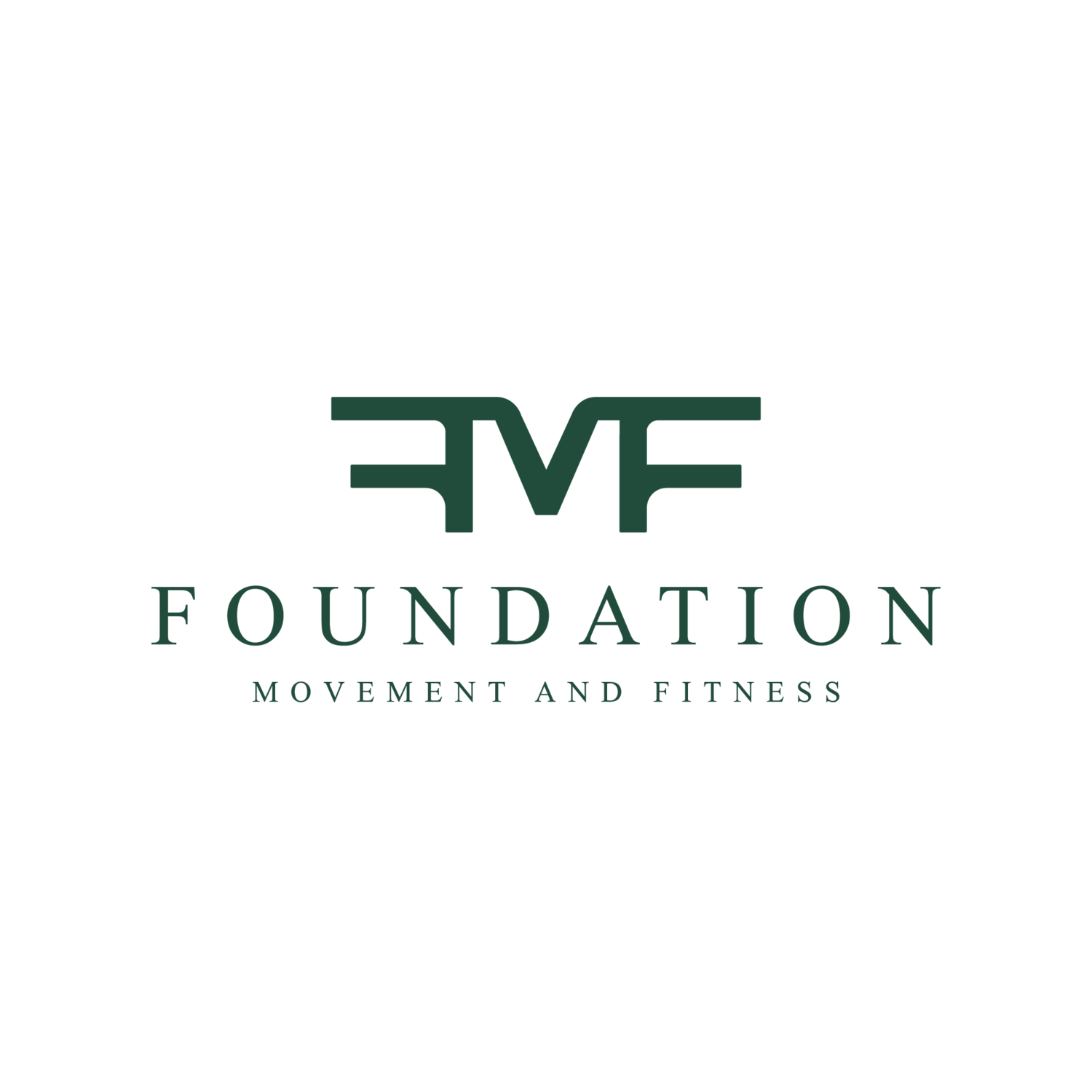Today we are going to talk about something you’ve probably heard of before. Maybe by a practitioner telling you that you are doing it, or just from social media where it is talked about a lot - compensation.
Our bodies are really good at figuring out ways to keep us alive and moving without asking for much! So sometimes we’re getting way more creative at achieving things than we need to be without noticing. The problem is, your body won’t start to complain right away or ask for attention until it's a bigger issue. At that point it’s usually past the point of a quick fix because you have now developed a new movement pattern due to constant repetition.
For example, let's say you are a volleyball player and you practice 3 times a week and play for fun on the weekends. You’re probably hitting the ball quite a few times in total each week. Now if you get a minor shoulder irritation that results in a little bit of pain and some inflammation you might think nothing of it. But your body may try to avoid this pain by adjusting your swing just a little without you even noticing.
Again, this isn’t an issue in the short run, but 5 months later you may be left with a nagging shoulder pain that now is requiring a trip to the doctor. They do a scan and come to find out you have a mild tear in your supraspinatus. Rehab will take 2-3 months and then you’ll have to relearn that swing pattern. Your body has become so used to the new pattern it made up that you have to retrain it to stop doing that.
What happened was your body started compensating for the fact that your arm swing was causing it pain by using a slightly different movement pattern that bypassed the irritation. It was not using the muscles meant for the swing, so those became weak, others became overdeveloped, mobility suffered, nerve fibers lost their nice clean pathways and became pinched, etc. Similar to a snowball effect until finally the pain became enough to make it on your radar and cause you to pay attention.
Compensatory patterns develop for a variety of reasons, but a common one is when there is loss of or lack of full range of motion within a joint. Then the muscles around that joint trying to function to move the joint start pulling and pushing loads not meant for them. This can overload smaller muscles intended for stabilizing the joint and asking them to produce force that they aren’t made to produce, and then losing access to neural connections to larger important muscles we need to be strong to perform quality movement.
How to avoid or overcome this? Daily and frequent repetition of movement patterns using the intended muscles for their intended tasks. In order for that to happen you have to train the neuromuscular system to get those pathways firing and functioning, create and maintain proper range of motion within the joints, and strengthen and stabilize the musculature that connects the neurological and skeletal systems to produce movement.
It’s important to acknowledge pains and irritations when they are mild because without addressing them at that stage as the individual in the volleyball example did, it’ll just get worse and worse.
So in conclusion, compensation is really your body’s way of trying to be helpful! In the end, however it’s not so it really requires you to take initiative to develop quality movement patterns and work on your posture before these things happen. And it’s important to address pain early on! Contrary to popular belief it is not “no pain, no gain” it is indeed, “no pain=gain.”



